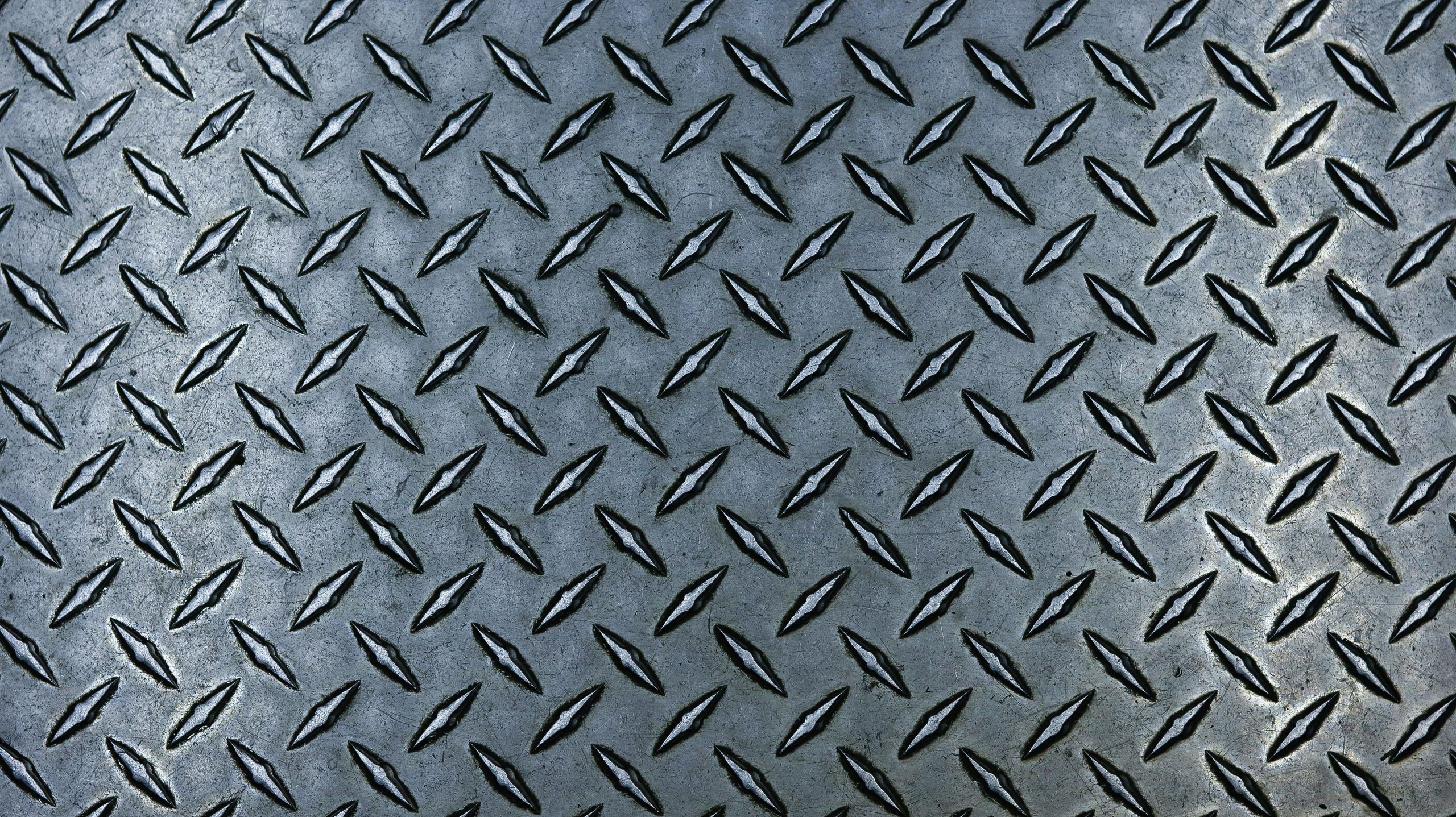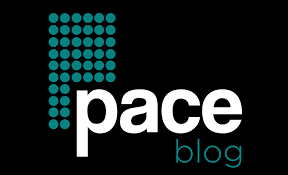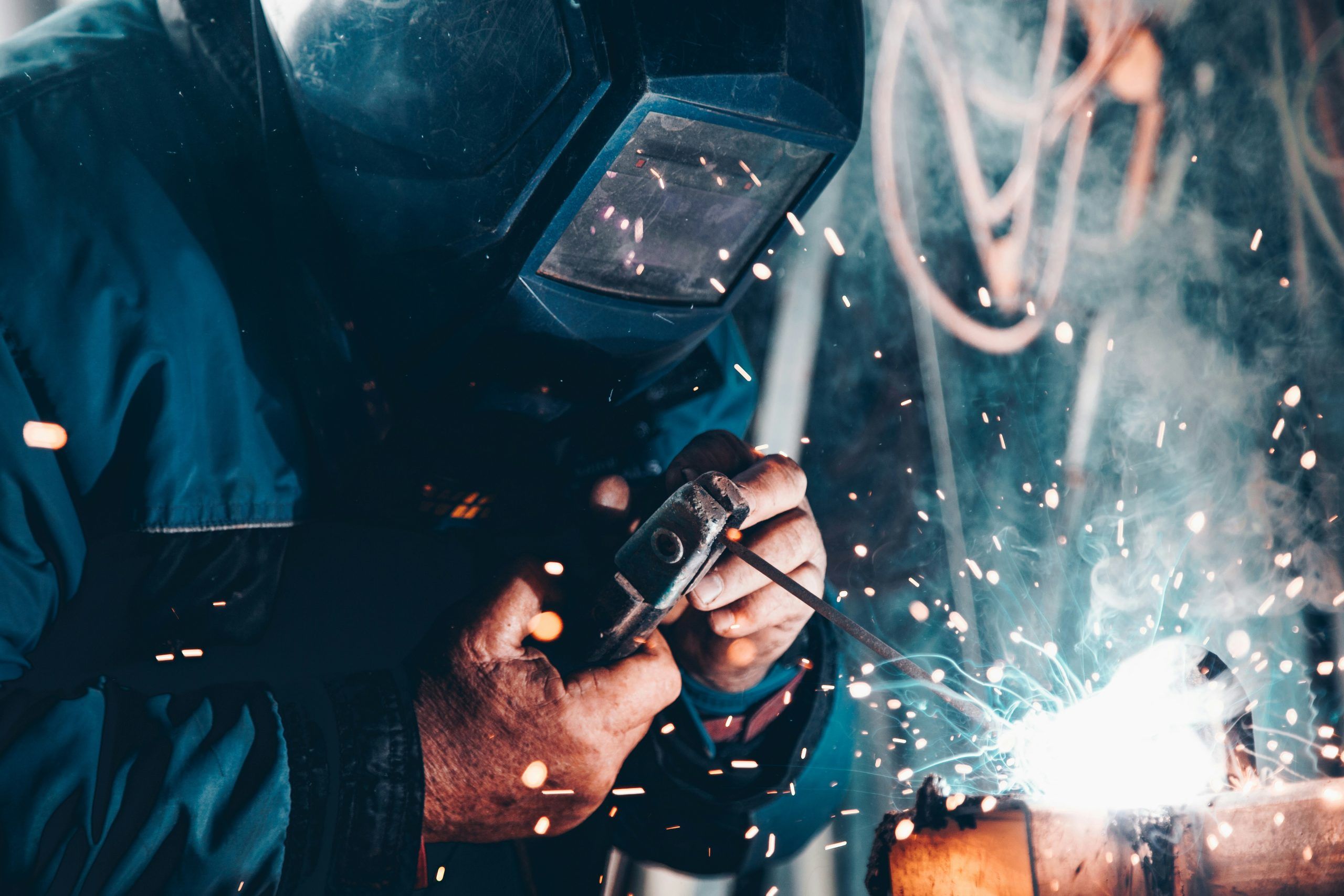Metal manufacturing involves various processes to shape and form metal into desired products. Each operation serves a specific purpose and utilizes different techniques and equipment. Understanding these operations can provide insight into how metal parts are made with precision and efficiency.
Milling
Milling uses rotary cutters to remove material from a metal workpiece. This process can create a wide range of shapes and sizes. Milling machines can perform complex tasks, such as cutting slots, creating holes and producing intricate designs. Operators control the milling machine using computer numerical control technology, ensuring accuracy and consistency. Milling is essential for making parts for industries like automotive, aerospace and machinery. Milling operations may require anti-seize lubrication to keep the machinery working smoothly.
Metal Forming
Metal forming changes the shape of metal without removing material. Common metal forming techniques include forging, extrusion and bending. Forging involves heating metal and then shaping it with compressive forces, often using a hammer or press. Extrusion pushes metal through a die to create long, continuous shapes like pipes or rods. Bending shapes metal by applying force, usually in a press brake, to create angles and curves. Metal forming is crucial in manufacturing structural components, tools and various machine parts.

Grinding
Grinding smooths and finishes metal surfaces. It removes small amounts of material using abrasive wheels or belts. Grinding ensures that metal parts meet precise dimensions and surface finish requirements. This process is used for making high-precision parts, such as engine components, medical devices and tools. Grinding can also sharpen cutting tools and prepare metal surfaces for further processing, like plating or painting.
Cutting
Cutting divides metal into smaller pieces or shapes. Various cutting methods include laser cutting, plasma cutting and waterjet cutting. Laser cutting uses a focused beam of light to melt and vaporize metal. Plasma cutting employs a high-temperature plasma arc to cut through metal. Waterjet cutting uses a high-pressure stream of water mixed with abrasive particles to slice through metal. Each cutting method has its advantages and is chosen based on the material, thickness and precision required. Cutting is fundamental in creating parts for construction, manufacturing and custom projects.
Honing
Honing improves the surface finish and accuracy of metal parts. It involves using abrasive stones to remove material and correct the geometry of cylindrical surfaces, such as engine cylinders and hydraulic cylinders. Honing achieves tight tolerances and smooth finishes, which are critical for parts that require high precision and reliability. This process ensures that parts fit together correctly and operate efficiently.
Stamping
Stamping uses dies and presses to shape and cut metal sheets. This process can produce parts quickly and with high precision. Stamping operations include blanking, punching, bending and drawing. Blanking cuts out flat shapes from metal sheets. Punching creates holes or cutouts in the metal. Bending forms the metal into angles and curves. Drawing stretches the metal into more complex shapes. Stamping is widely used in producing automotive parts, appliances, electronics and other mass-produced items.
Metal manufacturing operations play an important role in producing a wide variety of metal parts and products. These processes are needed to create high-quality parts for various industries. Understanding how these operations work can provide valuable insight into the world of metal manufacturing and the intricate methods used to bring metal products to life.

